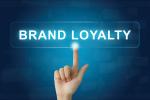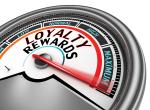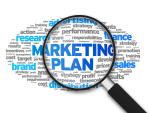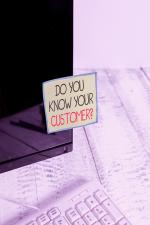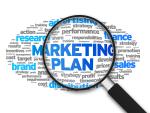CHICAGO — Today’s customers don’t respond to mass marketing the same way as customers from just a few years ago. Rather, personalized marketing that pertains to their individual needs is one of the few ways to cut through the noise and get that customer motivated to give a company their business.
While this might sound daunting — especially for small- to mid-sized businesses like most dry cleaners — there is also technology available that not only makes this type of marketing possible, but automatic, as well.
In her recent webinar, “Simplifying Trigger Based Marketing,” Denise Goldstein, marketing manager at SMRT Systems, pointed out the ways dry cleaners can best connect with their customers. During the webinar, hosted by the Drycleaning & Laundry Institute (DLI), she also discussed ways to set up systems to do so without having to keep track of every detail.
What Is Trigger-Based Marketing?
Trigger marketing operates on an automated platform that offers specific messages to customers or prospective customers that the dry cleaner believes will resonate with them. It does this by using information the owner has gathered about that customer.
This type of marketing is made up of four components, Goldstein says: clear messaging (often with a promotion), some degree of personalization, proper timing and automation.
“These messages are timed to go out based on the way that these campaigns are set up, the goal of the campaign, who your customer is, and when would be the best time to reach out to them,” she says.
The key to making this type of marketing work is the automated aspect, as creating personalized messages for each customer would take far too much time for the cleaner.
“This is automated marketing,” Goldstein says. “This is not you creating a message, one after another, one by one. These are automated campaigns that just run according to certain criteria that have been set up.”
This automated aspect of trigger-based marketing frees up the business owner to run his or her business without worrying about getting marketing message out each day.
“It’s really made to benefit your business, because you’re not supposed to have to think about it too much once it’s up and running,” she says. “It’s meant to generate ongoing revenue for you on an automated basis.”
Why Does Trigger Marketing Work?
Goldstein says this type of marketing is effective because, for today’s customers, personalization wins over mass marketing.
“Consumers are exhausted by getting so many impersonal emails from everyone who they’ve ever put an email address into some website,” she says. “They’re getting heaps of messaging daily, and it just doesn’t do anything for them.”
One of the main strengths of trigger-based marketing, Goldstein points out, is that personalized messages capture attention better than a generic message. “Open rates for emails are 29% higher than mass messages, and click-through rates are 41% higher,” she says.
Since these messages better connect with customers, they are also more effective. “So, whatever you’re asking them to do in the email, they’re going to do it more often because you’re customizing that email for that customer,” she says.
The good news is that, if the cleaner has a modern point of sale (POS) system, all the information necessary to launch personalized messages to customers should already be available.
“Hopefully, through your POS, you already have so much information about your customers and their spending habits,” Goldstein says. “It’s time to use that data to your advantage if you’re not already doing it.”
On this point, Goldstein did have a caveat to make.
“For anyone who has not yet started any kind of marketing program, you need to have customer names, emails and phone numbers to make this work,” she says. “If you’re going to be using first names in an email, you need to have that information. If you don’t, work with your CSRs to capture this information to get your marketing to work best. If you’re missing information, this type of marketing won’t actually work for you.”
Putting the Customer First
Taking advantage of the customer-centric design of trigger-based marketing is key to making this type of messaging work, Goldstein says.
“In the past, everyone was doing mass messaging,” she says. “You would just decide you’re doing a promotion, just blast it out, and it would go to everyone at the same time. Those are all about your business. What we’re doing with trigger marketing is putting your customer at the heart of what is going out.”
Trigger marketing, Goldstein says, gives customers the sense that you are both anticipating and addressing their needs and behaviors. “Say you’re running a campaign to capture customers who haven’t come in for a while,” she says. “The customer who gets that will think, ‘That’s really nice of them to notice.’ It’s these little touches that will give the sense to your customers that you’re addressing their needs.”
Come back Tuesday for Part 2 of this series, where we’ll look at other strengths of trigger-based marketing, and examples of this type of marketing specific to dry cleaners.
Have a question or comment? E-mail our editor Dave Davis at [email protected].








